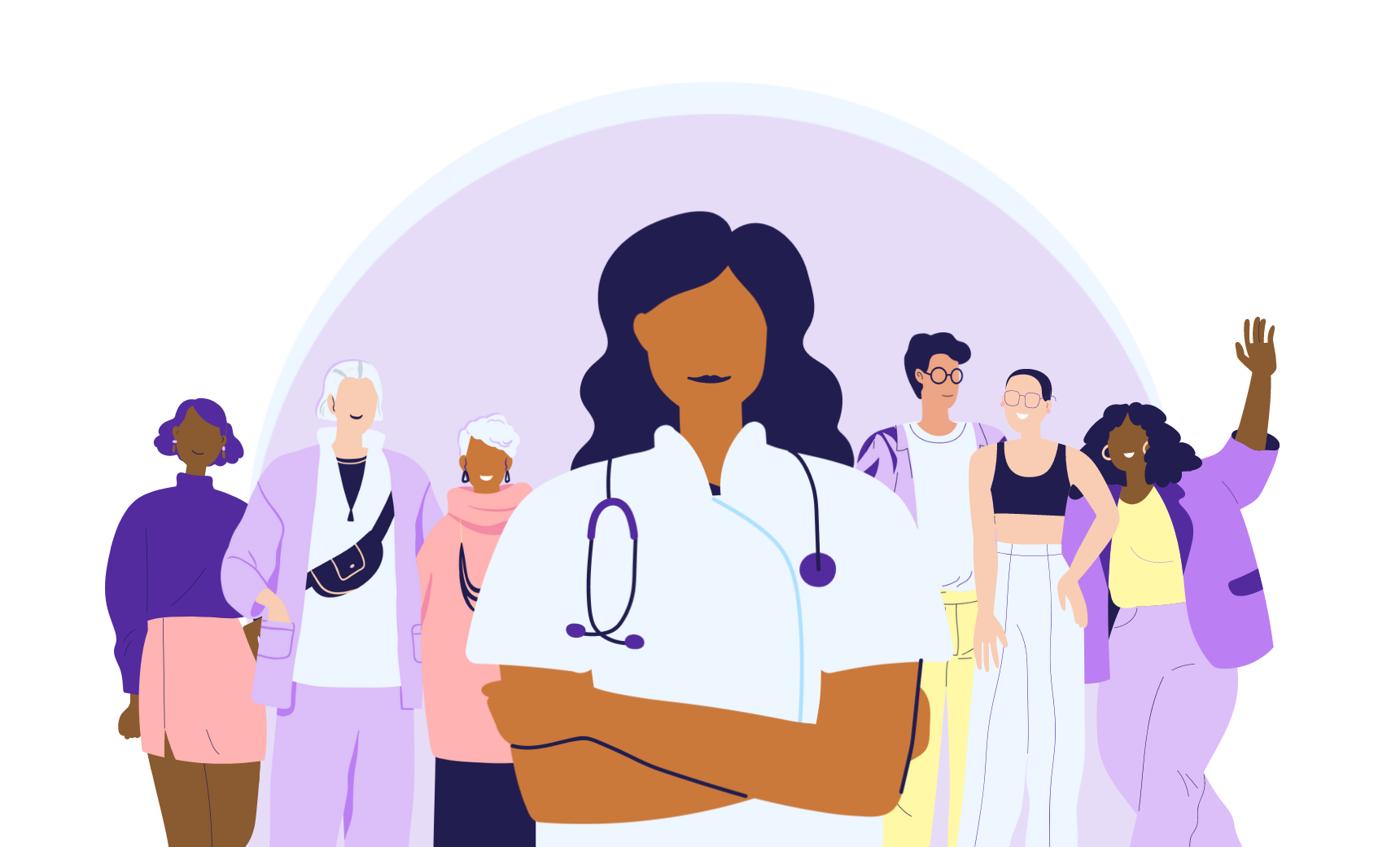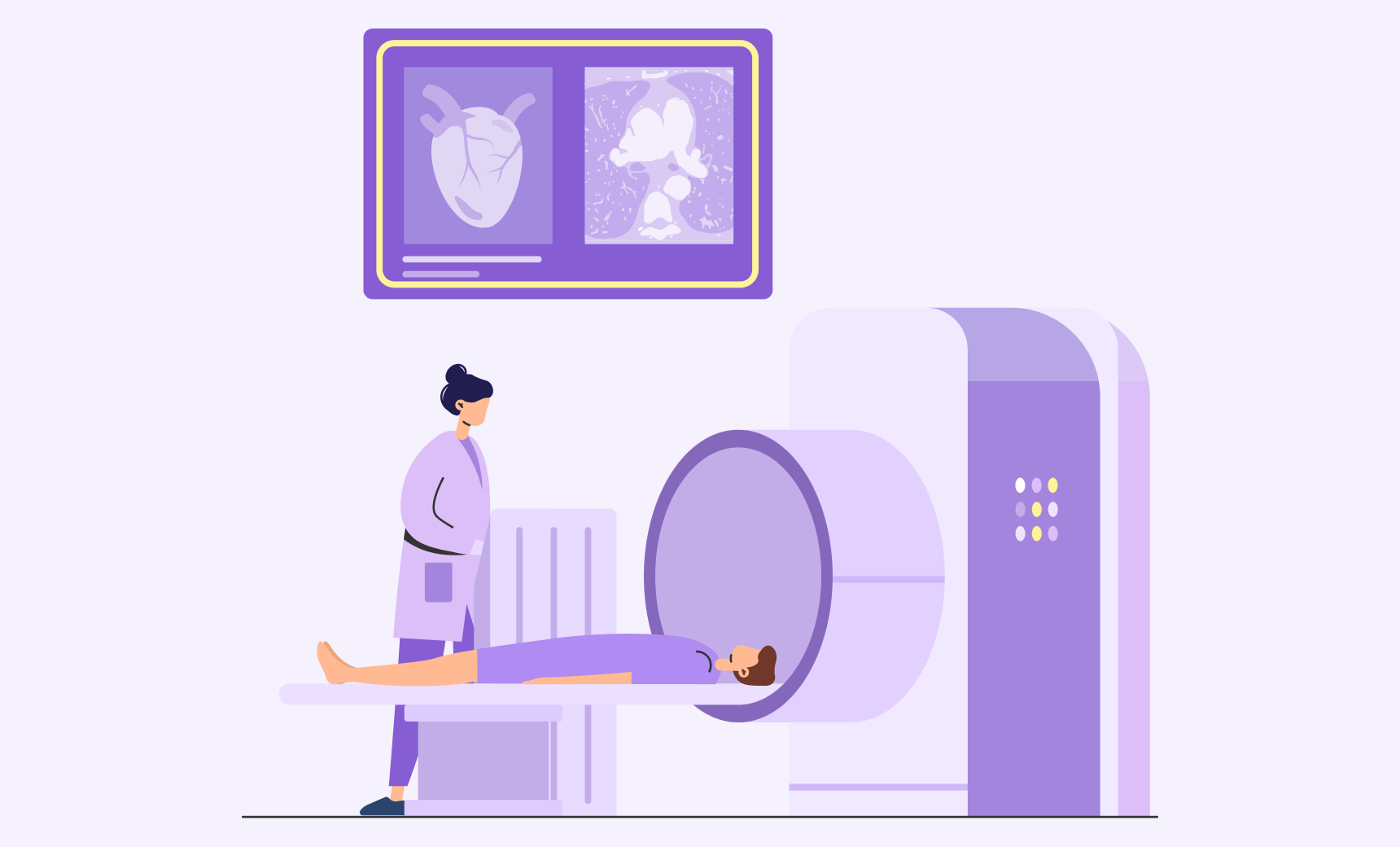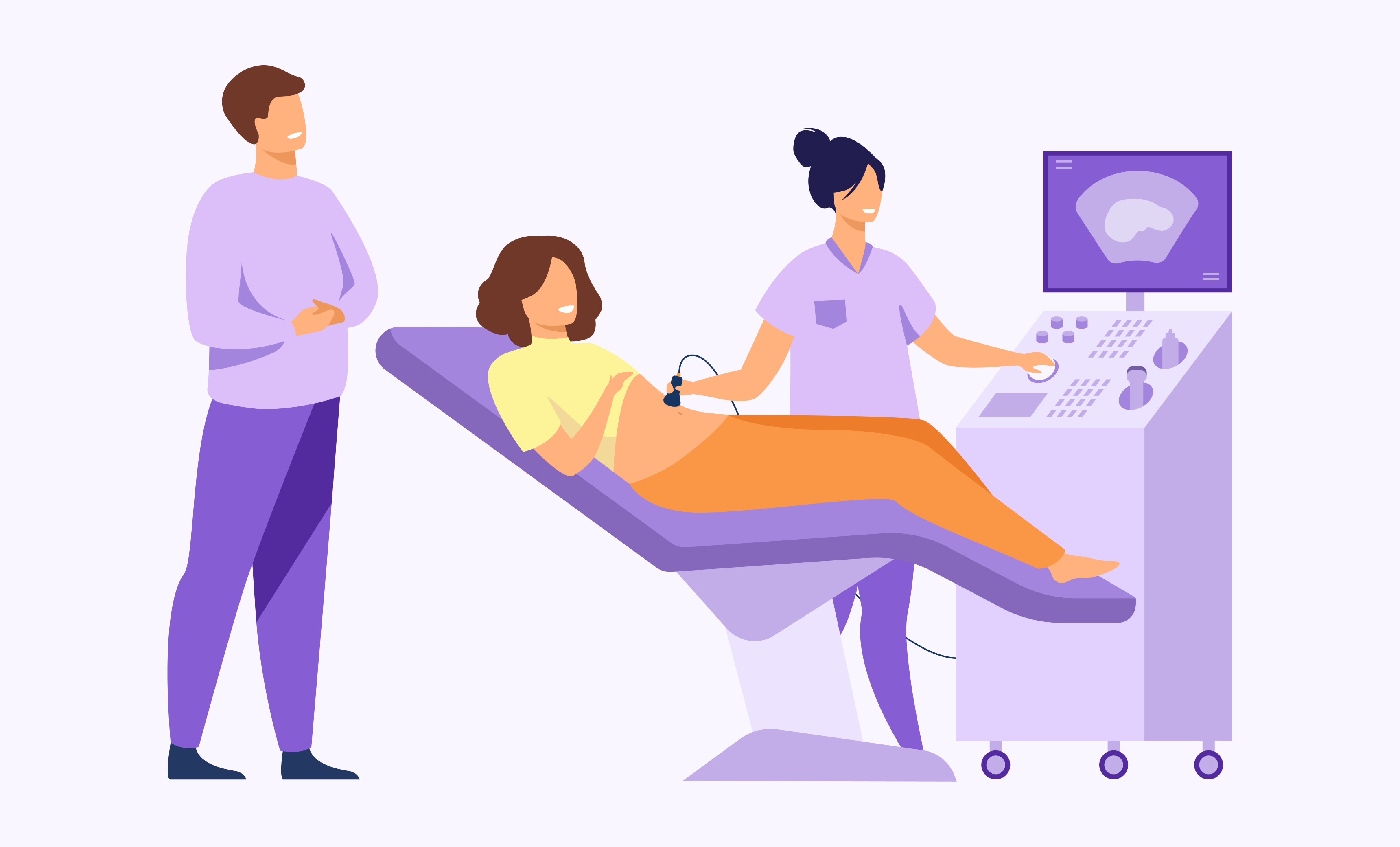
How to Become a More Inclusive Practice
Diversity matters in healthcare. Follow these 3 steps to best serve your patients.
Everyone deserves medical care. Unfortunately, discrimination and bias can impact the quality of medical care patients get — and it happens all too often. These bad experiences can be harmful, turning people off from getting help when they need it most. As AMA trustee Dr. Willarda V. Edwards put it, “Systemic racism in medicine is the most serious barrier to the advancement of health equity and appropriate medical care.” This extends beyond racism, too, to homophobia, fatphobia, sexism, classism, ableism, discrimination based on citizenship status, discrimination based on medical status, and more.
Here are the 3 key steps to becoming a more inclusive practice. It’s not only the right thing to do, but can also improve your practice and your ability to care for your patients.
1) Recognize the ways in which discrimination happens
Educating yourself is the first step toward change. Even if you don’t think that you personally hold discriminatory views, you must learn about the very real real issues that patients face so that you can surface any unknown biases and help your entire practice work toward change. Here are just a handful examples of ways practitioners may be excluding patients:
Medical discrimination against LGBTQ+ patients
According to American Progress, 6 percent of LGBTQ patients said that a doctor or provider has refused to give them health care related to their sexual orientation and 9 percent of doctors or providers used harsh or abusive language. Among transgender respondents, 29 percent said a doctor or health care provider refused to see them because of their gender identity, and 23 percent of doctors misgendered them or used a wrong name for them.
Medical discrimination against fat patients
PubMed data shows that 52% of women say their weight has been a barrier to receiving healthcare. Patients may delay or avoid preventative care because they don’t want to be discriminated against due to their weight. What’s more, about 40% of healthcare professionals admitted that they have negative reactions to obese patients.
Medical discrimination based on race
Racial discrimination is, unfortunately, widespread in healthcare. A study from PNAS showed that white medical students held an incorrect belief that Black people have higher pain tolerances than white people. Of the respondents, 73% held at least one false belief regarding biological differences between races.
What’s more, the life expectancy of Native Americans in certain regions is 20 years shorter than the national average, due in no small part to medical discrimination. As one member of the Hidatsa tribe and nursing teacher at the University of Buffalo told NPR, “The strikes against people trying to get care are huge: geographic, transportation, monetary.”
Medical discrimination based on medical status
According to Johns Hopkins Medicine, “We’ve come a long way in our understanding of HIV and AIDS, but discrimination against people with HIV/AIDS is still rampant.” Stigmatization may result in patients avoiding HIV testing or medical care, hiding HIV-positive statuses, not taking medication as directed, and more. Many fear the stigma of same-sex relationships or drug use.
2) Develop an anti-discrimination policy
Take your learnings from that first step to clearly define what discrimination, racism, bias, and microaggressions look like in medical practices. From there, management will need to commit to creating a safe environment for all — without buy-in, it won’t work. Commit your practice to being inclusive.
Examine your current policies and procedures. This includes doing a full audit of your patient process. For example, are patients required to be weighed before they’re given care? If so, is that a necessary step for the type of care you’re giving or can it be optional? Do patient forms conform to gender binaries, meaning that non-binary patients may feel excluded? There are many other questions to ask. As you evaluate this, consider soliciting feedback from a consultant with expertise on diversity, equity, and inclusion in healthcare. They can also help you craft a plan for change and policies for how staff should treat each other and patients. They can also likely guide you on defining expected and prohibited behavior, as well as an effective plan for correcting discriminatory behavior by employees.
Next, it’s time for management and staff training. Your new policies will likely apply to medical staff, trainees, administrators, employees, contractors, and so on. Training can be led by someone on staff. But, more ideally, hire an outside consultant with expertise in health care. Anti-discrimination and anti-bias trainings may be controversial for some staffers who feel they don’t need the training or who are uncomfortable with confronting their biases. Outside professionals have experience with handling these matters and can face the issues appropriately.
3) Follow up
Just providing policies and training won’t be enough. There needs to be action around making change. Complaints must be taken seriously and leaders need to resolve those issues.
Even with training, mistakes will happen. Those who make missteps need the opportunity to learn, but even accidental discrimination can be seriously harmful — therefore, intervention is necessary. An appropriate plan needs to be developed to address those issues, as well as methods to provide confidential reporting. Leadership should have received training on how to handle these issues, including the language to use and what corrective action to take. HR leaders and management need to stick to those boundaries as they’ve been laid out.
Revisit and refresh your policies as needed. Expectations around diversity, equity, inclusion, and belonging change over time, so plan regular policy assessments and training sessions. Some states even mandate regular anti-bias and anti-harassment training, so check with the regulations for your area.
And remember: Making change can be intimidating but, ultimately, can have incredible results. With commitment, your practice will become a better, more welcoming, and more inclusive place for both your staff and your patients.





The LabFinder Editorial Team is behind The Illuminator and The Insider, LabFinder’s consumer and business blogs.
Dr.Robert Segal
Dr. Segal is CEO and co-founder of LabFinder, as well as a board-certified cardiologist. He began practicing medicine in 2002 and has founded several businesses, including Medical Offices of Manhattan and Manhattan Cardiology.